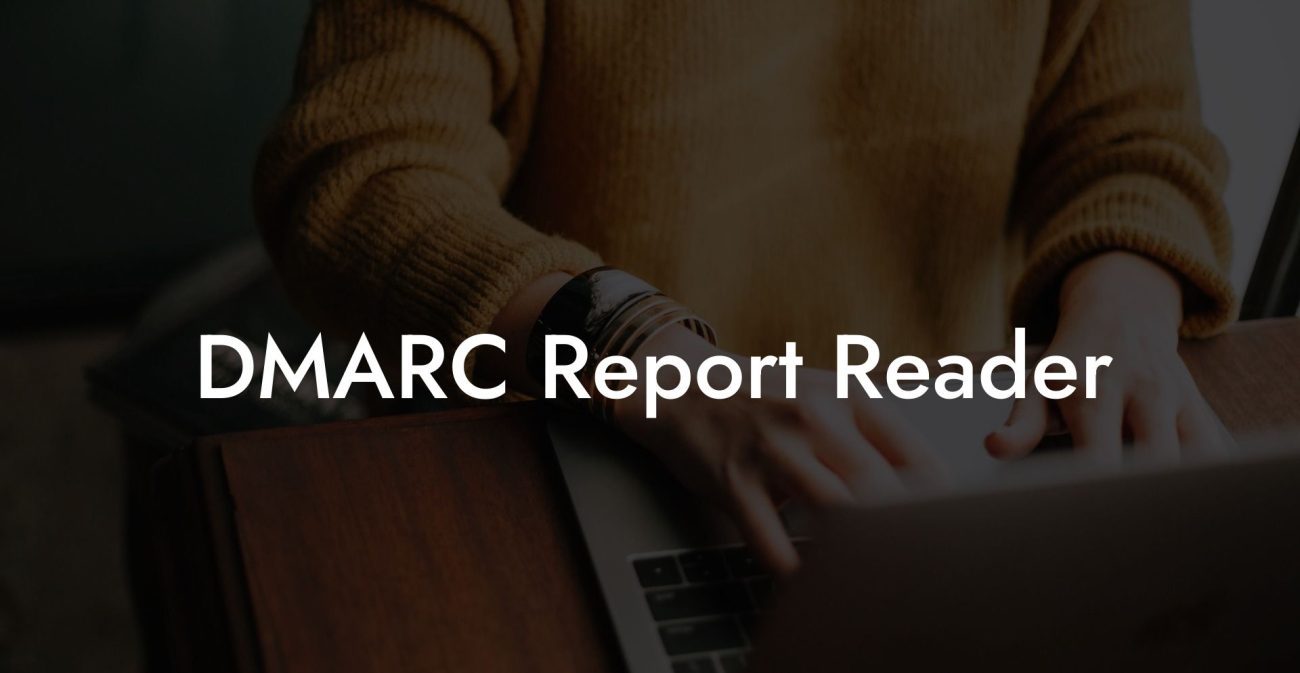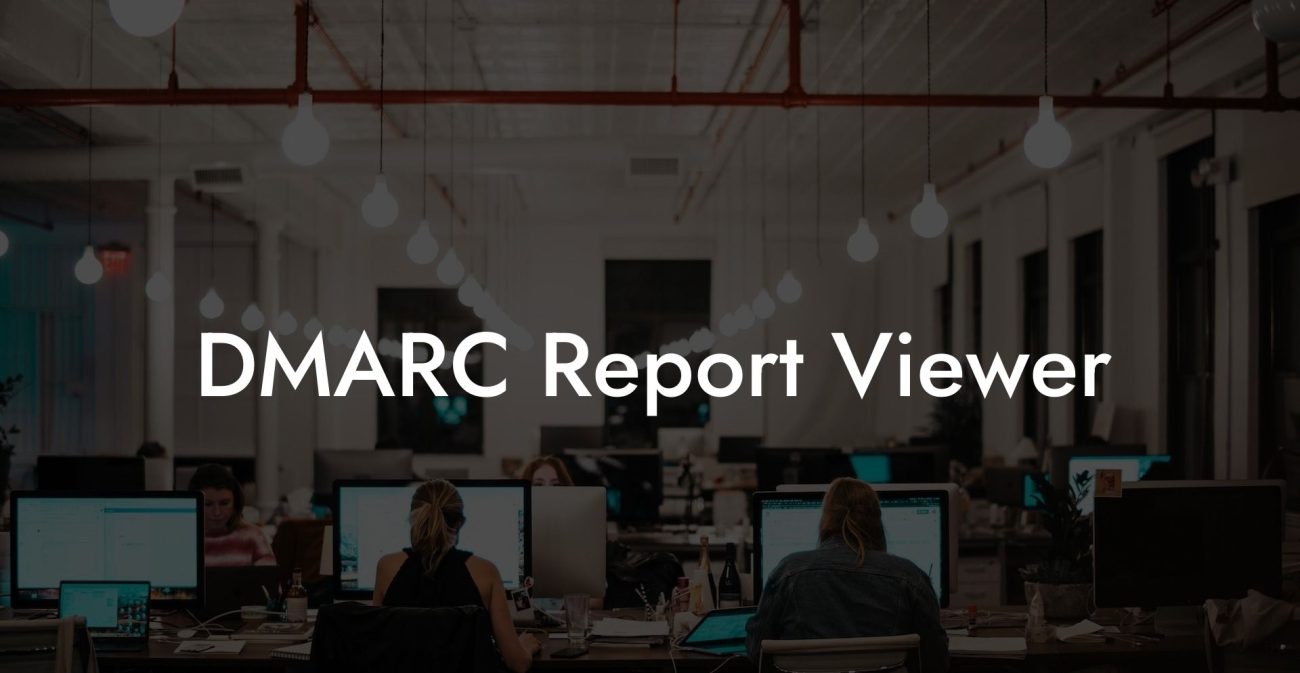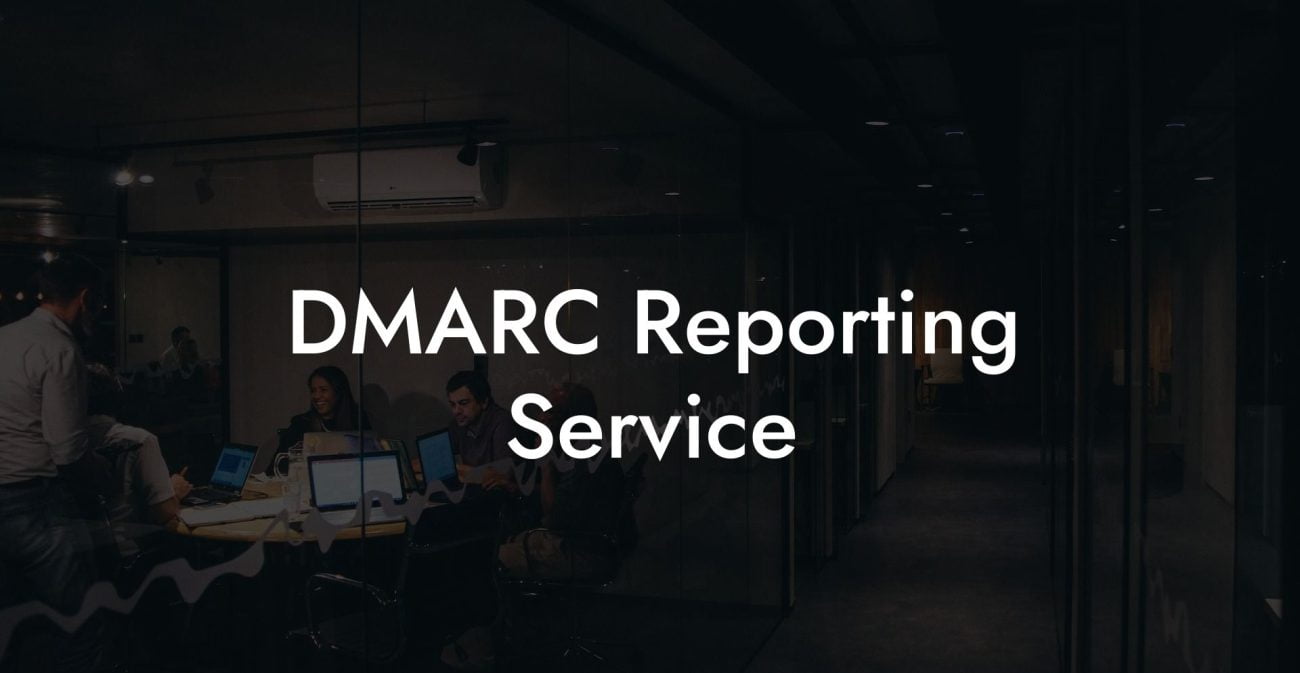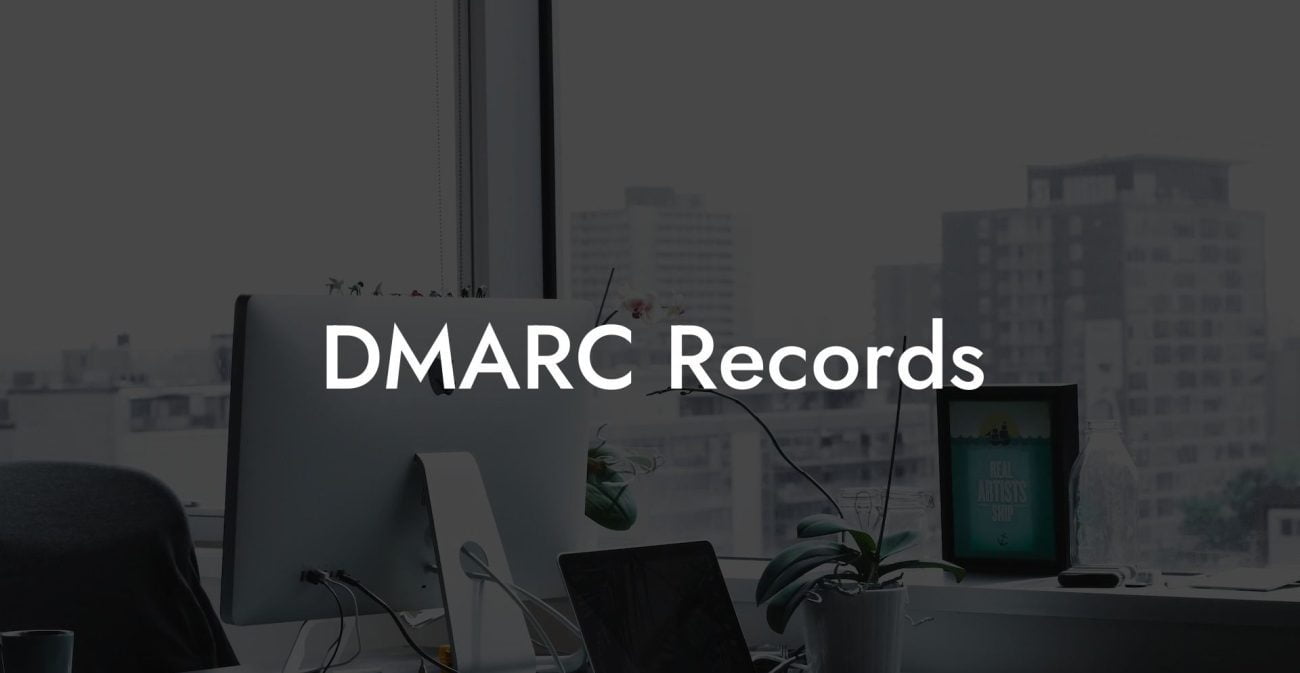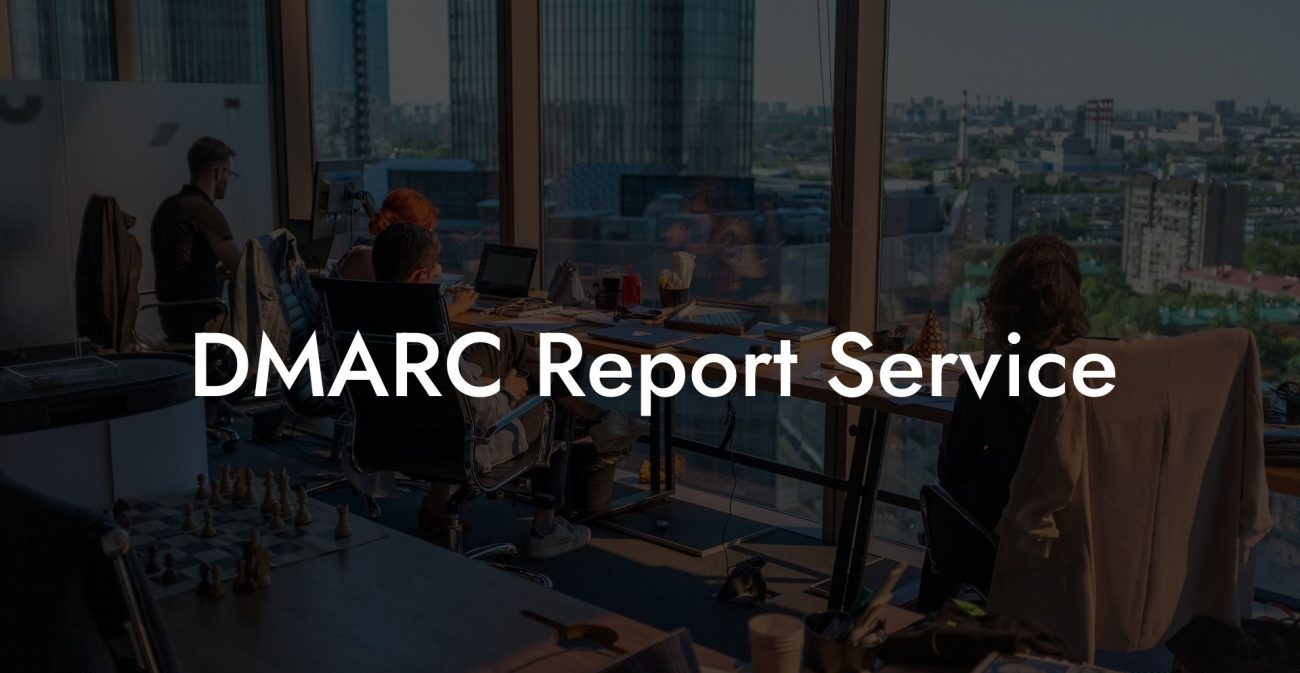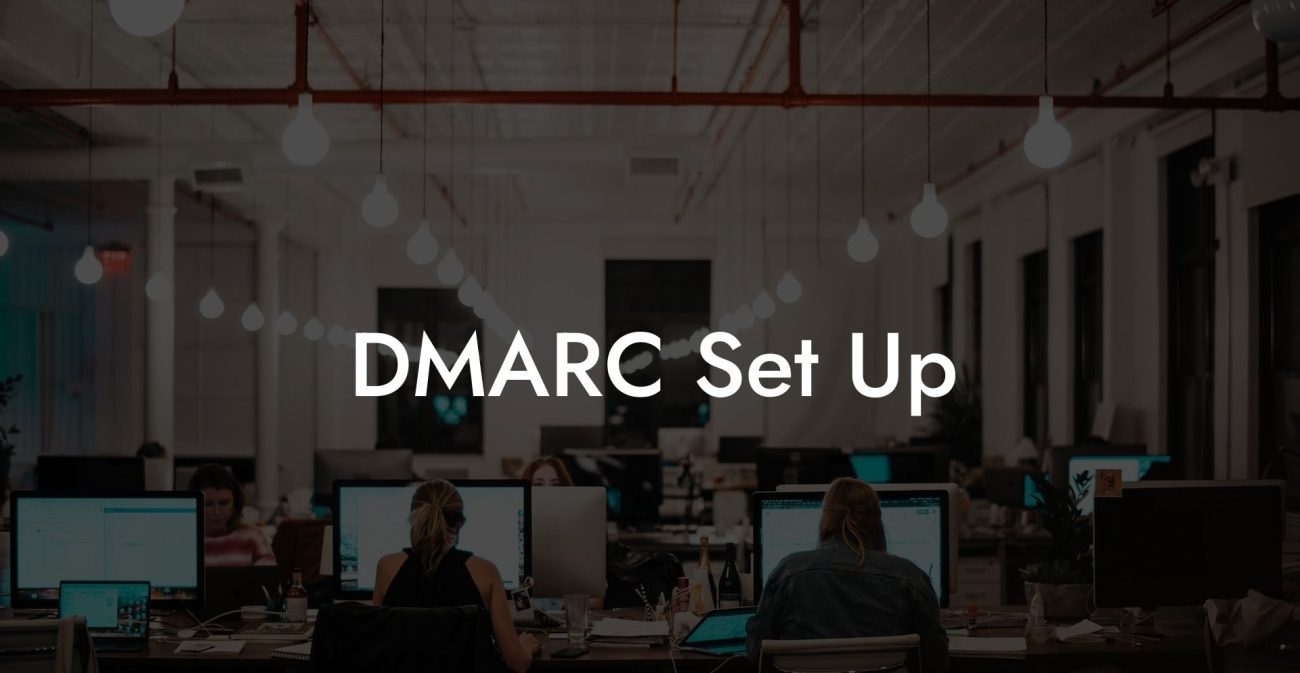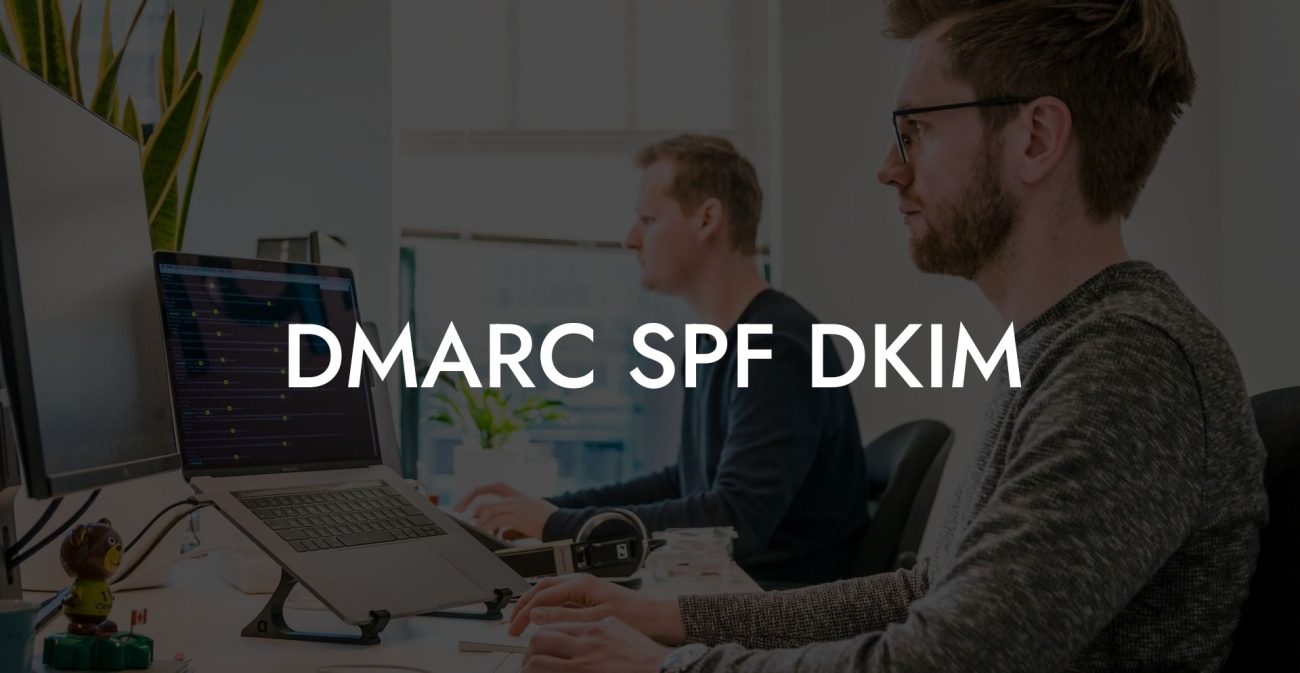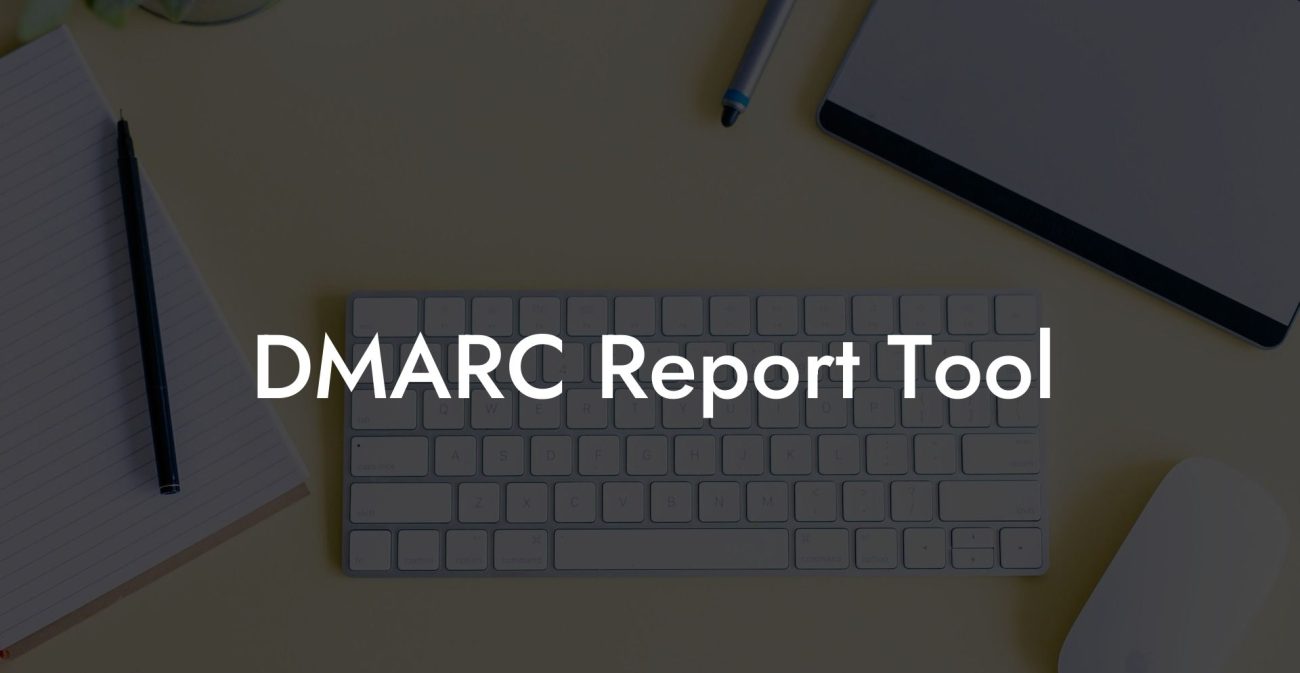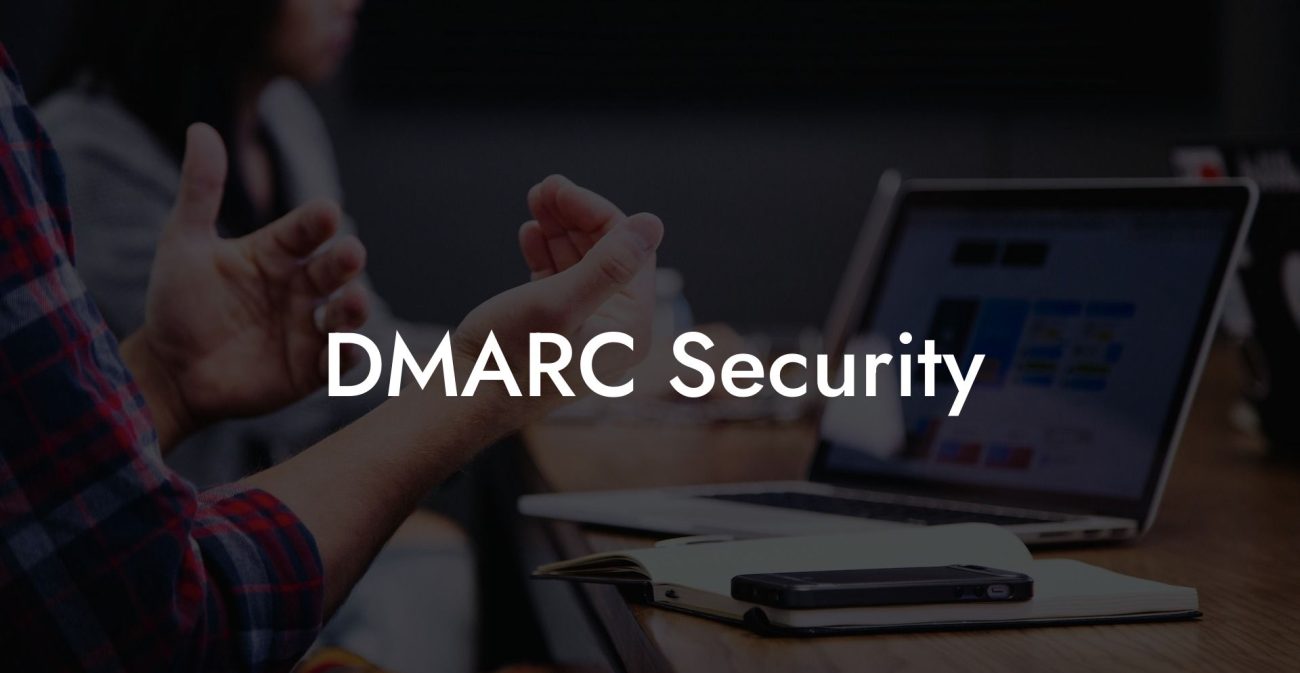With the ever-increasing threat of cyber attacks, protecting your organization's communications is becoming more important than ever. Email phishing is a common method used by cybercriminals to retrieve sensitive information. One way to counteract these attacks is by implementing DMARC (Domain-based Message Authentication, Reporting, and Conformance). Let's take a deep dive into DMARC, its configuration, and how it helps to secure your email communications.
DMARC Config Table of Contents
What is DMARC?
Domain-based Message Authentication, Reporting, and Conformance (DMARC) is an email authentication protocol that allows domain owners to set policies for their email channels. In essence, it enables them to protect their domains from being used for phishing and spamming purposes. By implementing a DMARC policy, the email sender can specify how to handle emails that do not pass authentication checks, making it an effective tool for combatting fraudulent emails.
The Importance of DMARC Configuration
Protect Your Data Today With a Secure Password Manager. Our Top Password Managers:
Proper DMARC configuration is essential to ensure that your domain is adequately protected from cyber threats, especially phishing and spamming. It is also useful for avoiding domain spoofing, whereby cybercriminals use your domain for their malicious activities. Additionally, a well-configured DMARC policy can improve your email deliverability, thereby enhancing your brand reputation.
Components of DMARC Configuration
Understanding the components of a DMARC policy record is crucial for configuring it effectively. A DMARC policy record includes the following elements:
- Version tag: This indicates the version of the DMARC protocol being used.
- Policy tag: This specifies the desired action to be taken by the recipient server on emails that fail the DMARC check. The policy can be set to "none" (no action), "quarantine" (move to spam), or "reject" (discard the email).
- Percentage tag: This dictates the percentage of emails that the receiver should apply the policy to. This value can range from 0 to 100, with 100 being the default value and meaning it applies to all emails.
- Aggregate reports: This instructs the recipient server to send back aggregated feedback reports on the emails' DMARC results to the designated address.
- Failure reports: This requests the recipient server to send individual failure reports when an email does not pass the DMARC check.
- Additional tags: These can include subdomain policies, alignment modes, and other optional settings to fine-tune DMARC implementation.
Steps to Configure DMARC
- Implement SPF and DKIM: Before configuring DMARC, you need to set up Sender Policy Framework(SPF) and DomainKeys Identified Mail(DKIM) on your domain. These authentication mechanisms help ensure that your emails are coming from a trusted source.
- Create a DMARC Policy: Define your DMARC policy by specifying the appropriate tags, reporting options, and actions for emails that do not pass authentication checks.
- Generate the DMARC Record: Use your defined policy to create a DMARC record in the TXT format. Deploy this record in your domain's DNS settings, under the _dmarc.yourdomain.com subdomain.
- Analyze the DMARC Reports: Regularly review the aggregate and failure reports to track the performance of your emails and identify potential issues that need addressing.
- Adjust the DMARC Policy: Continuously refine your DMARC settings to maintain optimal protection against email fraud.
DMARC Config Example:
Let's say your organization, example.com, wants to protect its email channels with DMARC. Here's how the DMARC record looks like:
Record name: _dmarc.example.com
Record type: TXT
Record value: v=DMARC1; p=quarantine; rua=mailto:postmaster@example.com; ruf=mailto:postmaster@example.com; pct=100
This DMARC record indicates that all emails from example.com should undergo DMARC checks. If a message fails the check, it should be quarantined (moved to the spam folder). Aggregate and failure reports should be sent to postmaster@example.com.
Implementing DMARC is a proactive step in enhancing your organization's cybersecurity and protecting its email communications. By understanding and configuring DMARC correctly, you can effectively combat email phishing and safeguard your domain reputation. We hope you found this guide informative and that it encourages you to explore more about email security and cybersecurity in general. Share this post with your network and help others protect their online communications. For more insights into voice phishing and cybersecurity, explore our other guides on Voice Phishing.
Protect Your Data Today With a Secure Password Manager. Our Top Password Managers:





